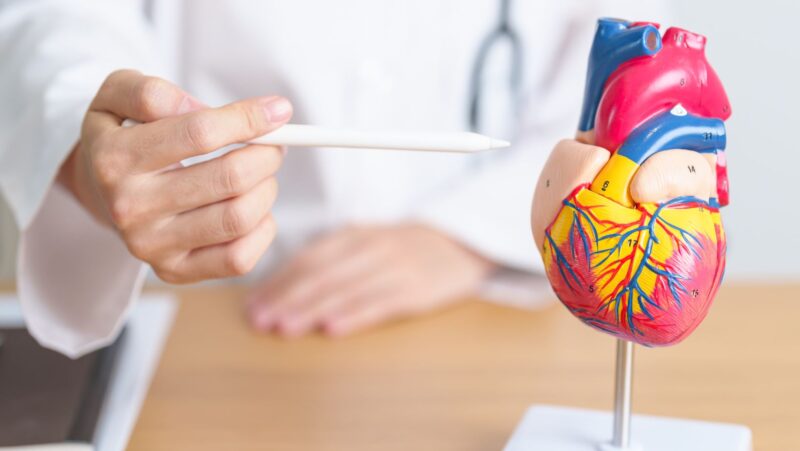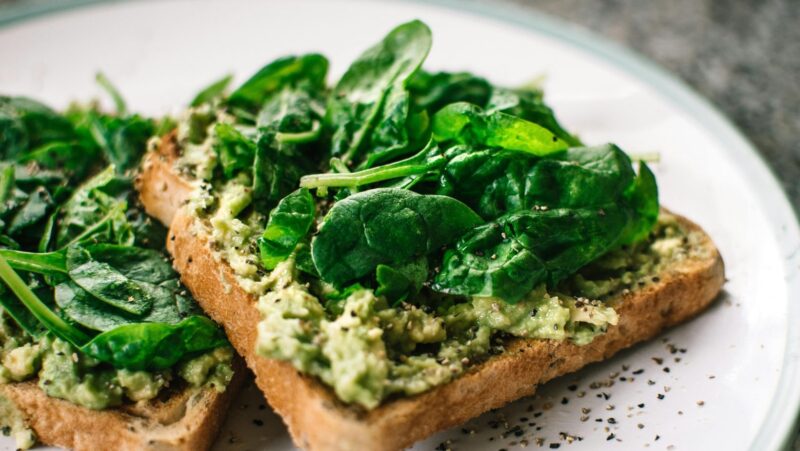
Pain is a common symptom that can be caused by a variety of medical conditions. Traditionally, the pain has been treated with pharmaceutical drugs such as opioids; however, these can be highly addictive and have adverse side effects, so alternative methods of pain relief have become increasingly popular.
But, what is the best option for you, and what are the pros and cons of each one? In this guide, we look at some of the most common alternative pain management techniques to help you decide your next steps.
Alternative Approaches to Pain Management
Alternative methods of pain relief include a wide range of practices such as acupuncture, chiropractic care, massage therapy, and mind-body techniques. These methods have gained popularity due to their non-invasive nature, minimal side effects, and their ability to provide long-term relief.
Kratom
Kratom is a natural plant-based substance that is known to have pain-relieving properties. The active compounds in kratom are called alkaloids, with the most prominent ones being mitragynine and 7-hydroxy mitragynine.
Kratom works by interacting with the opioid receptors in the brain, which are responsible for regulating pain perception and mood. Specifically, mitragynine and 7-hydroxy mitragynine bind to the mu-opioid receptors in the brain, which are the same receptors that opioid drugs such as morphine and codeine bind to. By binding to these receptors, kratom can produce pain relief and a sense of euphoria or well-being.
However, kratom’s mechanism of action is more complex than that of traditional opioids. In addition to opioid receptor activity, kratom also affects other neurotransmitters in the brain, including dopamine and serotonin. This can lead to increased energy, improved mood, and a reduction in anxiety and depression symptoms.
Overall, kratom’s pain-relieving effects are thought to be due to its interaction with the opioid receptors in the brain. However, its effects on other neurotransmitters may also play a role in its analgesic properties.
Kratom is typically consumed in tea or capsule form, including the popular Red Bali Kratom Capsules.
Kratom has been associated with some side effects and withdrawal symptoms, so it’s important to discuss the risks and benefits of using kratom with a healthcare provider before using it for pain relief.
Acupuncture
Acupuncture is a traditional Chinese medicine technique that has been used for thousands of years to treat a variety of conditions, including pain. The practice involves the insertion of fine needles into specific points on the body, known as acupuncture points. While the exact mechanism of how acupuncture works are not fully understood, there are several theories that attempt to explain its effects.
One theory is that acupuncture works by stimulating the release of endorphins, which are the body’s natural painkillers. Endorphins are a type of neurotransmitter that is released in response to pain and stress and are known to produce feelings of euphoria and well-being. Acupuncture may also stimulate the release of other neurotransmitters and hormones, such as serotonin and cortisol, which can help regulate pain and reduce inflammation.
Another theory is that acupuncture works by stimulating the body’s natural healing processes.

Acupuncture points are believed to be located along energy pathways in the body, known as meridians, and the insertion of needles at these points is thought to unblock the flow of energy or qi. By restoring the flow of qi, acupuncture may be able to help the body heal itself and promote overall health and well-being.
Research has also suggested that acupuncture may work by affecting the central nervous system. Studies have shown that acupuncture can stimulate the release of neurotransmitters and hormones that regulate pain, mood, and immune function. It may also activate specific areas of the brain, such as the hypothalamus and the limbic system, which are involved in the regulation of pain and emotion.
Overall, while the exact mechanism of how acupuncture works are not fully understood, there is evidence to suggest that it can be effective in treating a variety of conditions, including chronic pain. It is important to note that acupuncture should only be performed by a licensed and trained practitioner, as improper needle insertion or unsterile equipment can lead to serious side effects and complications.
Chiropractic Care
Chiropractic is a healthcare profession that focuses on the diagnosis and treatment of musculoskeletal disorders, particularly those that affect the spine. Chiropractors use a hands-on approach to treatment, often involving spinal manipulation, to help alleviate pain and improve function.
Chiropractic care is based on the idea that the body has an innate ability to heal itself and that proper alignment of the musculoskeletal system is necessary for optimal health and well-being. Chiropractors believe that misalignments of the spine, called subluxations, can interfere with the nervous system and lead to a variety of health problems.
Chiropractic treatment typically involves a thorough evaluation of the patient’s spine and other joints, as well as their overall health history and lifestyle factors. Treatment may involve a variety of techniques, including spinal manipulation, mobilization, and soft tissue therapy.
Spinal manipulation, also known as an adjustment, is the most common technique used in chiropractic care. It involves the application of a controlled force to a joint, usually in the spine, with the goal of restoring normal joint function and reducing pain. This technique can be performed manually or with the use of specialized tools.
Mobilization is a gentler technique that involves the slow and gradual movement of a joint through its full range of motion. This technique is often used for patients who are unable to tolerate the more forceful techniques of spinal manipulation.
Soft tissue therapy involves the manipulation of muscles, tendons, and other soft tissues to alleviate pain and improve function. This may include techniques such as massage, stretching, and myofascial release.
The exact mechanism of how chiropractic works is not fully understood, but it is believed to work by restoring proper alignment of the spine and other joints, which can improve nerve function and reduce pain. Research has shown that chiropractic care can be effective in treating a variety of conditions, including back pain, neck pain, headaches, and other musculoskeletal disorders.
Overall, chiropractic care is a safe and effective option for individuals seeking relief from pain and other musculoskeletal problems. It is important to seek treatment from a licensed and trained chiropractor to ensure the best possible outcomes. Chiropractic care may also be used in conjunction with other treatments, such as physical therapy or medication, for optimal results.
Chiropractic care is generally safe when performed by a licensed and trained practitioner. However, there is a risk of adverse effects such as soreness, stiffness, and nerve damage.
Massage Therapy
Massage therapy is a manual therapy technique that involves the manipulation of soft tissues in the body, such as muscles, tendons, and ligaments, with the goal of improving circulation, reducing tension, and promoting relaxation. It is a widely used therapy for pain relief and is often recommended by healthcare professionals as an adjunct to other treatments.
Massage therapy works by stimulating the body’s natural healing mechanisms. When soft tissues are manipulated, blood flow to the area is increased, which can help reduce inflammation and improve healing. Massage can also help release tension and promote relaxation, which can help reduce stress and anxiety.
There are several different types of massage techniques used in massage therapy, each with its own specific benefits. Swedish massage is a gentle technique that involves long, flowing strokes and is often used to promote relaxation and reduce stress. Deep tissue massage is a more intense technique that targets deeper layers of muscle and is often used to address chronic pain and muscle tension.

Other types of massage techniques include sports massage, which is used to help athletes prevent and treat injuries, and trigger point therapy, which targets specific points in the body that are particularly sensitive to pressure. Myofascial release is another technique that involves the manipulation of the fascia, or connective tissue, that surrounds muscles and other tissues.
Massage therapy is generally considered safe and effective for pain relief, although it may not be suitable for everyone. People with certain medical conditions, such as cancer, osteoporosis, or blood clotting disorders, may need to avoid massage therapy or receive clearance from their healthcare provider before beginning treatment.
Overall, massage therapy is a non-invasive and drug-free option for pain relief that can be used alone or in combination with other treatments. It is important to seek treatment from a licensed and trained massage therapist to ensure the best possible outcomes.
Conclusion
Alternative methods of pain relief offer a wide range of options for individuals seeking relief from pain. From kratom to acupuncture, chiropractic care, and massage therapy, there are many options available to suit individual needs.
It is important to discuss alternative methods of pain relief with a healthcare provider to ensure that they are safe and effective for individual use. With ongoing research and advancements in alternative pain relief methods, there is potential for new and innovative options to emerge in the future. It is important to stay informed and up-to-date on new developments in alternative pain relief.












